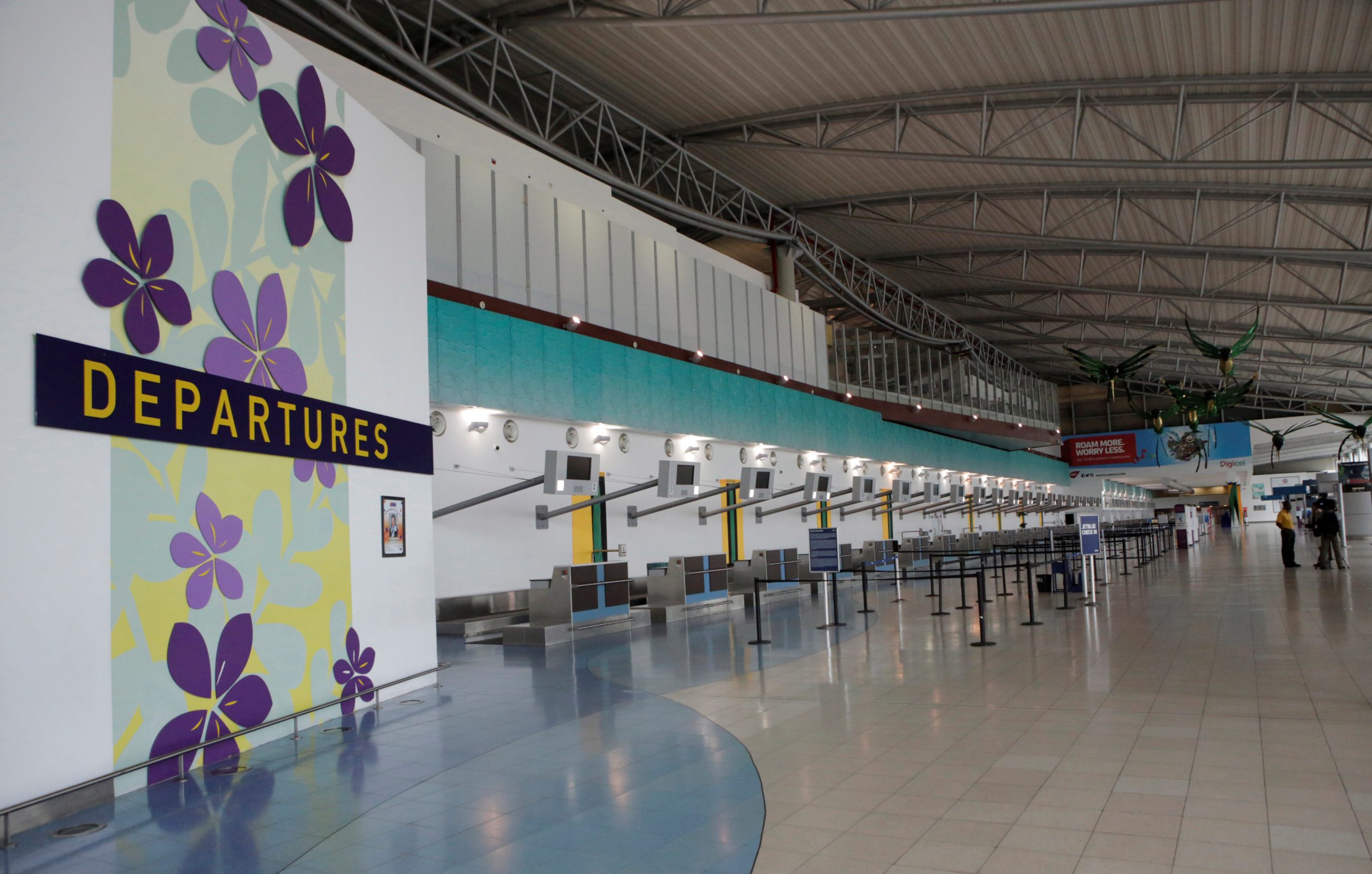The coronavirus pandemic confronted the managers of Jamaica’s open and narrow economy with decisions similar to those faced by other governments – how to protect public health while preventing the economy from imploding.
The dilemma was clear in March to May with slowly rising confirmed cases of the pandemic, closed hotels, desolate beaches, nightly curfews, a slowdown in commercial and industrial activity and projections of a severe contraction in the economy.
Continued uncertainty about the extent to which the virus can be controlled has made foolhardy any projections about the state of the post-covid economy. The island has had 864 confirmed cases up to the end of July, of which 10 have died, the health ministry said. Eighty-four of these cases are active.
The effective shutdown of the country had an immediate impact on the two main sources of foreign currency – tourism and remittances – that account for a third of the economy. Tourism collapsed, while inflows from remittances fell as there was contraction in major economies that host the Jamaican diaspora.
“Economic activity has dropped precipitously,” the island’s finance minister Nigel Clarke said in explaining the impact of the virus. “Government revenues have declined sharply, foreign-exchange inflows from tourism have dried up, foreign direct investment will decline, our external balance of payments will be negatively affected, economic output will contract significantly, and employment gains will be eroded.”
The immediate outlook is not bright. The islands’ central bank projects that the economy will contract by about 5% this year, following 0.9% growth in 2019.
The government moved to counter the effects of the pandemic with a four-fold increase in its contingency fund to deal with disasters, providing social and economic support grants to people who lost jobs because of the shutdown of the economy. It also accessed $520 million from the International Monetary Fund’s rapid financing facility for countries needing urgent balance of payments support.
Workers in the tourism sector were most immediately and severely affected by the shutdown of the island’s airports to passenger traffic. The closure of hotels left about 150,000 workers without jobs. The government reopened tourism in mid-June, with measures for testing visitors for airports, and limiting their movement to a coastal stretch from Negril in the island’s westernmost point to Port Antonio in the northeast. Cruise ship ports have remained closed.
The island had about 4.3 million foreign stopover and cruise tourists in 2019, and who spent $3.64 billion, the Tourist Board said. The economy retains 40% of what tourists spend, it said. Official projections are for gross tourism earnings of $995 million in 2020.
Jamaica received $2.3 billion in remittances in 2019, but the impact of the virus on the economies of the United States, Canada and the UK limited inflows of remittances between January and April to $748 million, 1.2% less than a year earlier, according to the central bank. But this could further decline as the World Bank projects remittances globally to contract by 20% in 2020, before growing recovering in 2021.
The combination of the fallout in tourism and the slowdown of remittances has put pressure on the Jamaican dollar. Interventions by the central bank have not prevented the exchange rate from moving from 136.05 to the US dollar at the end of March 2020 to 148.28 at the end of July.
The shutdown of tourism and reduced commercial and industrial activity could send unemployment to 12% from 7.3% in January, the central bank said.
